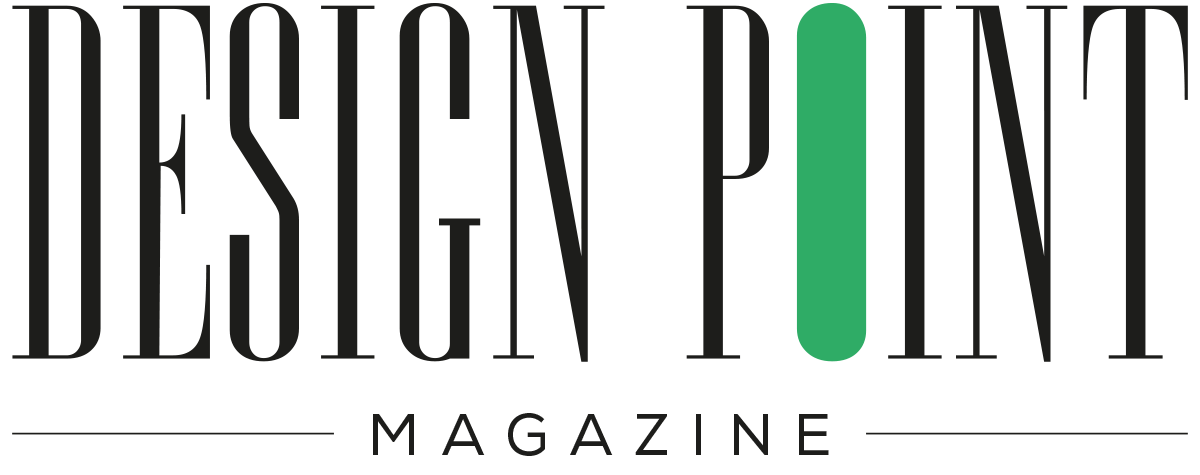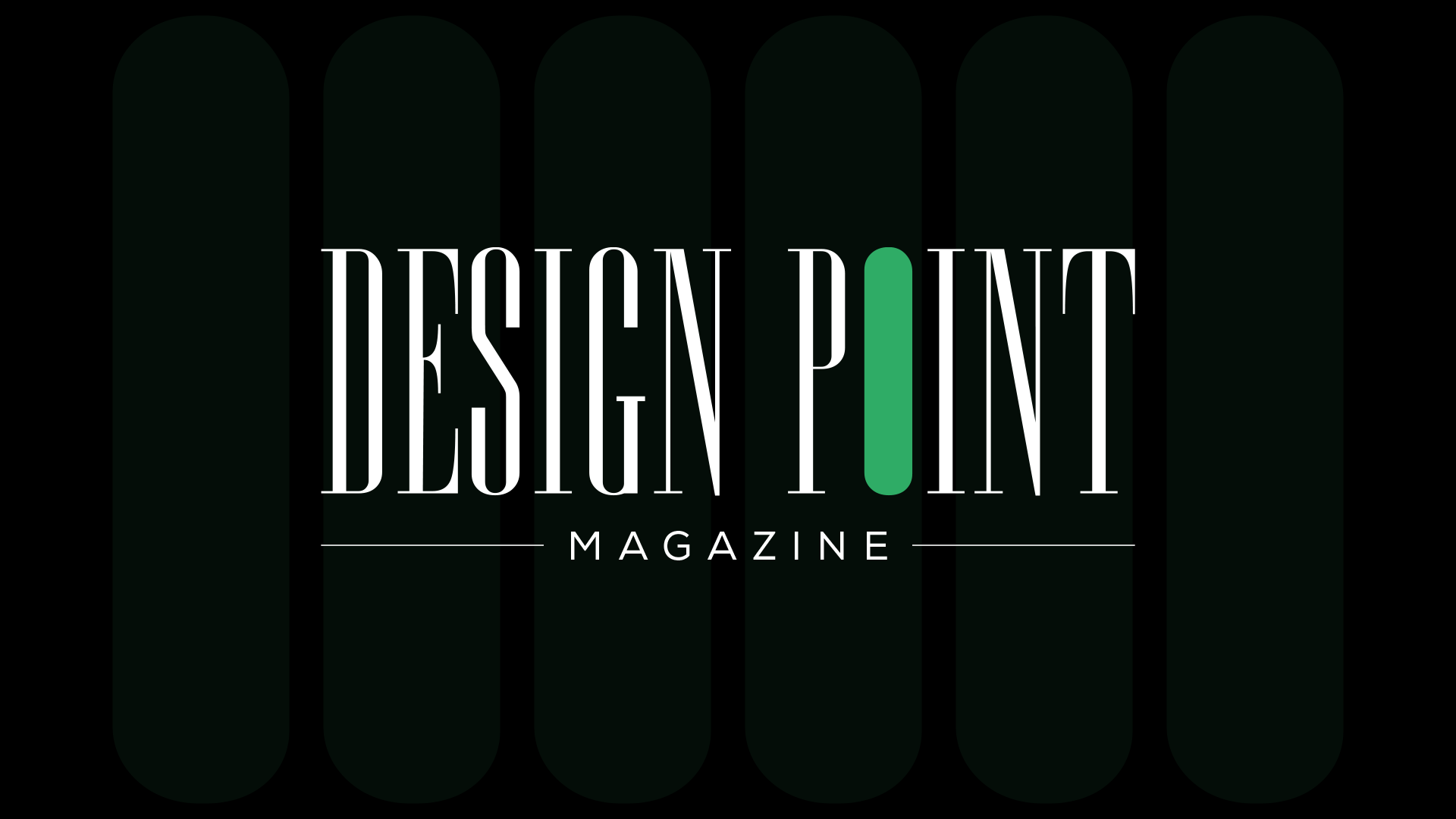Navigating 2025’s Unprecedented Shifts
The temptation to skip steps is strong when we’re all under pressure to perform—particularly regarding brand and messaging strategy. Law firms and other professional services organizations often tell us, “We conducted research and discovery a few years ago; do we really need to go through this again?” While it’s understandable to want to conserve resources, this perspective overlooks a critical truth: the world is changing at an unprecedented pace. Insights that were relevant five years ago may no longer align with today’s realities.
Let’s consider just a few of the seismic shifts that have occurred in the past five years:
The Global Pandemic
COVID-19 fundamentally reshaped how we work, communicate, and interact. Remote work became the norm for millions, and its ripple effects still reshape industries. Companies—including law firms—have had to rethink how they engage with clients and employees in a hybrid world.
Geopolitical Shifts
From the ongoing Russia-Ukraine conflict to heightened tensions in the Indo-Pacific, global instability has altered how businesses assess risk and opportunity. Even within stable democracies like France and Germany, governments have faced no-confidence votes, signaling growing public distrust in leadership.
Technological Advancements
The rise of AI tools like ChatGPT, the dominance of YouTube as a streaming platform, the rise of podcasts over legacy media, and the explosion of short-form content on TikTok have changed how businesses communicate with their audiences. These innovations are not just trends but rewiring consumer expectations and decision-making processes.
Cultural Movements
The past half-decade has seen powerful social movements—from #BlackLivesMatter to women’s rights protests in Iran—that have redefined public discourse. These movements shape public perception of brands, including professional services.
Economic Volatility
Inflation, supply chain disruptions, and shifts in global trade agreements have altered economic landscapes, impacting industries in ways that were hard to imagine just a few years ago.
The Shift from a War for Talent to a War on Talent
As NYU professor Scott Galloway observed, we’ve moved from a “war for talent” to a “war on talent,” driven by the rise of AI. From 2021 to 2024, AI tools have fundamentally reshaped the labor market, automating tasks traditionally performed by knowledge workers. While this has increased efficiency, it has also diminished the perceived value of human labor in many industries, including professional services. Organizations must now adapt to a new reality where differentiation, reskilling, and creative collaboration are essential for survival.
Reflecting on Recent Transformations
The onset of 2025 has already presented significant challenges that underscore the necessity for businesses to remain agile and proactive:
Los Angeles Wildfires: The devastating wildfires in Los Angeles have destroyed over 12,000 structures, predominantly residential homes. This catastrophe has profound implications for the insurance industry, with insured losses projected to exceed $20 billion, setting a new record for wildfire-related claims in U.S. history. The economic impact extends beyond immediate damages, affecting housing markets and leading to increased scrutiny of urban planning and development practices.
Bond Market Volatility: Recent fluctuations in the bond market have prompted investors to reassess their strategies. Analysts have raised forecasts for the 10-year Treasury yields for the end of 2025, influenced by stronger-than-expected economic data and adjustments in the Federal Reserve’s interest rate plans.
Economic Policy Shifts: The inauguration of President Donald Trump for a second term introduces new economic policies, including proposed tariffs and deregulation efforts. These changes are expected to influence market dynamics, trade relationships, and regulatory landscapes.
Each of these changes is significant on its own. Together, they create a landscape that looks nothing like the one we knew five years ago—or even last month. Now, consider this: if the world has changed this much, isn’t it possible—even likely—that your audience’s expectations, needs, and perceptions have changed too?
Why Discovery Matters More Than Ever
Discovery is not just a procedural step in a project—it is a strategic imperative that underpins the success of any branding or messaging initiative. Without rigorous discovery, businesses risk relying on outdated assumptions, resulting in strategies that fail to resonate with their target audiences. Let’s unpack why discovery has become more critical than ever:
Adapting to Shifting Client Behaviors: Today’s clients and stakeholders are navigating a post-pandemic reality marked by hybrid work models, digital-first interactions, and evolving expectations around transparency and authenticity. Discovery enables firms to identify these shifts and adapt their messaging to meet current demands. For instance, what once resonated as “modern” or “innovative” may now seem outdated or tone-deaf in light of today’s emphasis on sustainability, inclusivity, and resilience.
Navigating Increased Complexity: The intersection of geopolitical instability, technological disruption, and cultural transformation creates a level of complexity that no firm can afford to ignore. Discovery helps organizations map this complexity and uncover actionable insights. For example, understanding how AI adoption or environmental concerns influence decision-making can position a firm as a thought leader rather than a follower.
Uncovering Latent Opportunities: Markets evolve rapidly, and so do the needs and preferences of clients. Discovery goes beyond surface-level understanding to identify latent opportunities that competitors might miss. This could involve identifying untapped client segments, understanding regional variations in service needs, or even rethinking how services are packaged and delivered.
Achieving True Differentiation: In industries like professional services, where many firms offer similar capabilities, meaningful differentiation is often elusive. Discovery provides the necessary foundation to understand what truly sets your firm apart. By examining how your firm is perceived internally and externally, discovery identifies the unique value propositions that resonate most with your audience. Without this clarity, efforts to stand out in a crowded marketplace are unlikely to succeed.
Fostering Leadership Alignment: Discovery isn’t just about gathering data but also aligning leadership around a shared vision and strategic priorities. This alignment is critical for ensuring that the creative solutions generated are both actionable and impactful. Without it, initiatives often falter due to conflicting internal priorities or lack of buy-in.
Overcoming Barriers to Leadership Engagement
For those working in marketing roles, encouraging leadership to actively participate in discovery can often feel like an uphill battle—especially when leadership perceives the process as a waste of time. To address this challenge, it’s critical to frame discovery not as a series of tasks but as a strategic investment with tangible outcomes:
Connect to Strategic Goals: Position discovery as a way to uncover insights that directly impact the firm’s ability to achieve its long-term objectives, such as growth, differentiation, or client retention.
Highlight the Costs of Inaction: Use examples of missed opportunities or ineffective strategies that resulted from outdated assumptions. Demonstrating the potential risks can underscore the value of getting it right.
Create Clear Milestones: Break the discovery process into manageable phases with defined deliverables, so leadership can see the value unfold incrementally rather than waiting for a final report.
Foster Collaboration: Emphasize that leadership’s participation isn’t just about giving input—it’s about ensuring alignment and gaining buy-in across the organization.
By framing discovery as a vital component of the firm’s strategic arsenal, marketing professionals can transform it from a perceived burden into a necessary step toward meaningful differentiation and success.
Moving Forward with Confidence
In an era defined by rapid change and increasing complexity, discovery is not a discretionary exercise—it is a strategic cornerstone. Organizations that commit to a robust discovery process are far better positioned to craft messaging and branding strategies that reflect today’s marketplace’s realities and anticipate tomorrow’s challenges.
Discovery is not just about aligning with current realities; it is the key to achieving and sustaining meaningful differentiation. In professional services, where offerings often appear similar on the surface, the ability to clearly and confidently articulate what sets your firm apart is paramount. This differentiation cannot come from intuition alone—it must be grounded in a deep understanding of your firm’s strengths, audience expectations, and competitive landscape.
As you contemplate your next branding or messaging initiative, consider this: Are you confident that your firm is well-differentiated from your competition? Are you certain that your current strategy reflects the realities of today’s world? If the answer is anything less than an unqualified yes, it’s time to embrace discovery as a means to realign, differentiate, and thrive. Success in today’s professional services landscape demands nothing less than a commitment to understanding—and meeting—the moment.
This post was originally published on Lynda’s LinkedIn newsletter, Marketing without Jargon. Lynda leads a team at Decker Design that focuses on helping law firms build differentiated brands.
Header image: Getty for Unsplash+.
The post The Future for Brands Demands Discovery appeared first on PRINT Magazine.

